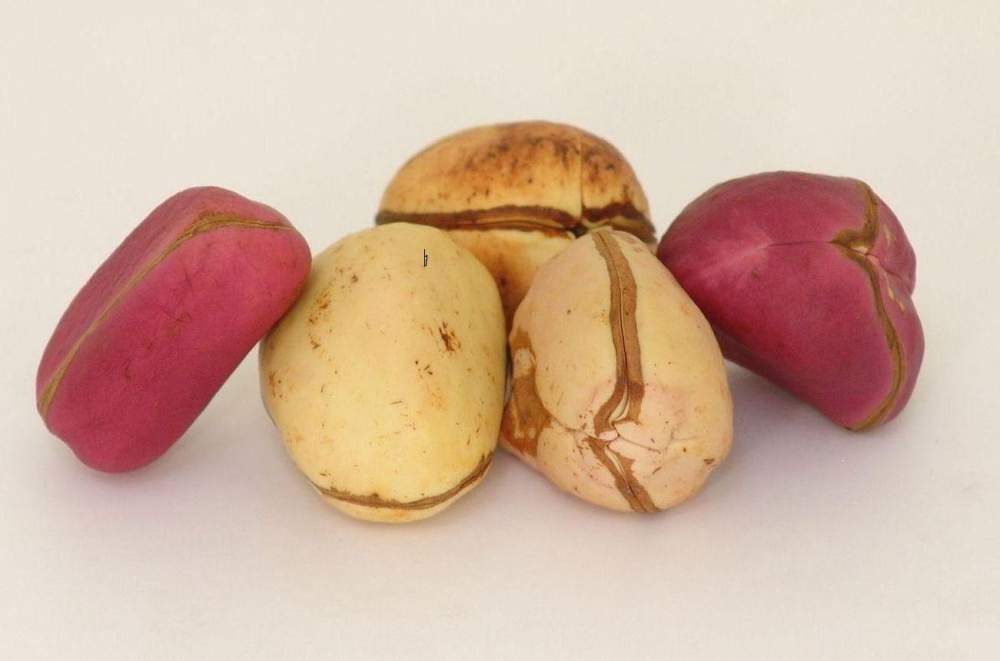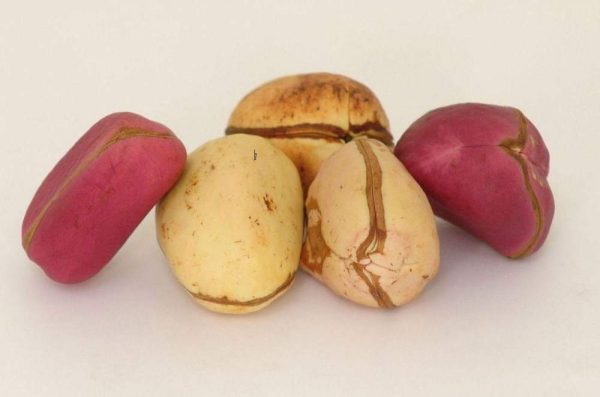The significance of the kolanut in Igbo culture cannot be overlooked. It is a prominent part of traditional ceremonies, and ultimately, memorable events in the lives of the people. Appearance-wise, it is nearly the same size as a walnut, and may not be considered the most attractive of nuts. Yet, it is so important to ndi Igbo, and deemed as special.
The kolanut is significant in Western culture as well, but as a primary source of caffeine and flavouring in beverages considered “cola”, including Coca Cola. Also, Westerners benefit from the kola for its medicinal purposes, as it helps to ease digestion problems.
While these benefits are valid, here are some reasons why the nuts are special to the traditional Igbo man:
Origin: The kola or cola belongs to the Malvaceae family which has approximately 100 to 125 species growing in the evergreen lowland and montane forest of Africa. The nut is derived from the kola tree and it is primarily located in Tropical Africa, growing up to 40 feet (13 meters tall). Notably, the Igbos consider this tree to be the first to grow on earth, and its nut as the first fruit.
Symbolism: The Igbos believe that “kola is life”, which is linked to its important origin as the first fruit. This is why an Igbo man would welcome you with kolanuts when you visit his home, saying “Onye wetere oji, wetere ndu,” which translates as “He who brings kola, brings life.”
Breaking ceremony: The oldest man present is asked to bless the kolanuts when they are presented to guests at a traditional gathering. This is done with his right hand. He then appoints someone to break one with his hand, or does this himself. The rest are broken by a close relative, after which, the pieces are distributed to the people. The Igbos believe that the more parts a single nut breaks into, the more prosperity will be enjoyed by all in attendance.


